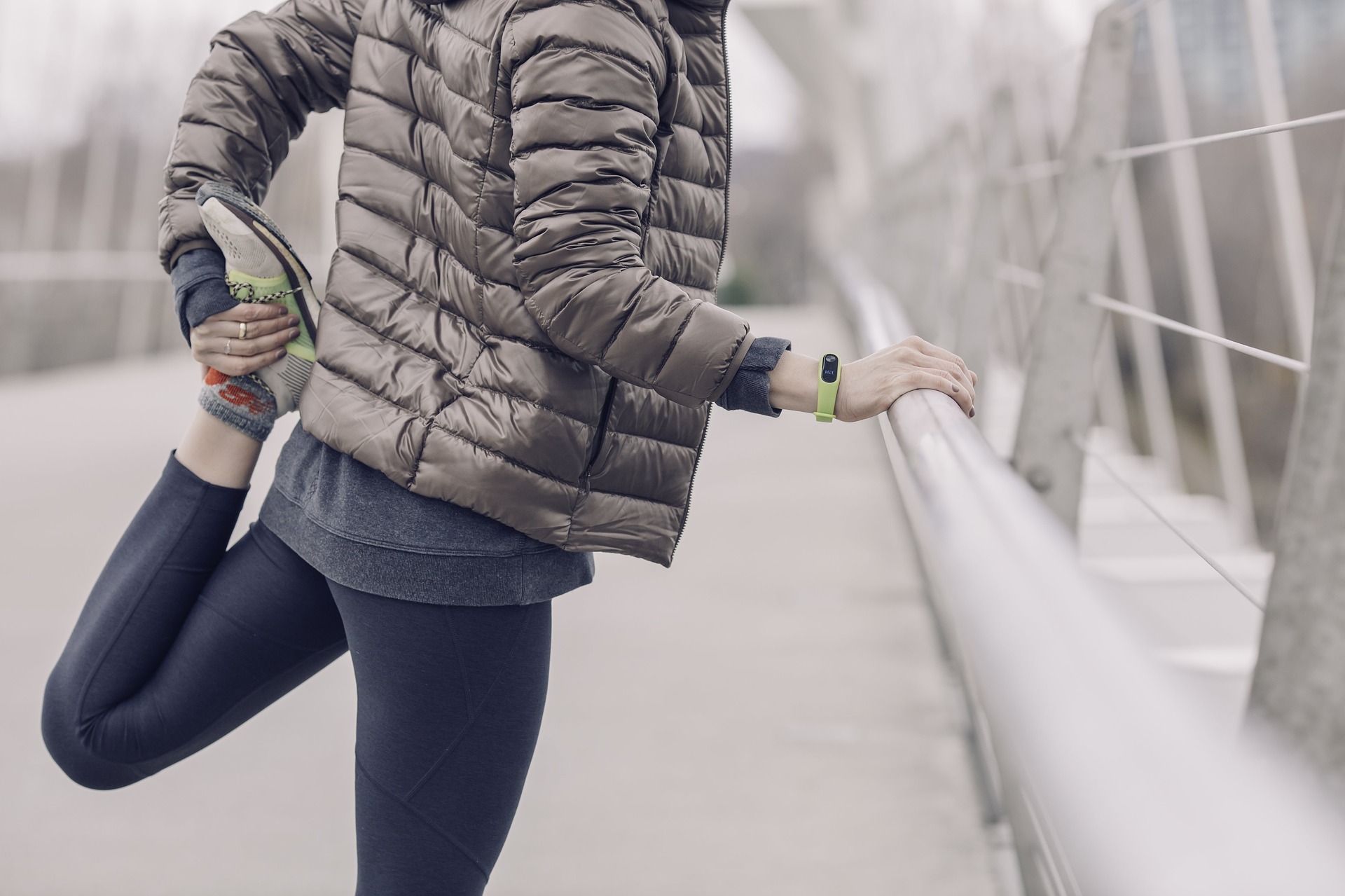Christmas can traditionally be a time when exercise goes out of the window, what with all the festive fun, frivolities, excitement and changes in routine.Getting back into the ‘groove’ in the new year can be hard.
In addition, the freezing cold temperatures of winter don’t really make the thought of wearing anything less than your warm winter coat when you step outside, a tempting prospect.
However, in addition to a good diet of healthy vegetables, fruit and warming winter food, maintaining your exercise routines and getting the heart pumping can be a great way to keep yourself warm in general over the colder months. Not to mention helping to ward off the weight gain and give your immune system the very best possible chance of battling winter nasties, such as colds and flu.
So, when you’re stepping outside for a jog or run in the sunshine, or looking to do any other kind of winter outdoor exercise such as HIIT, what are the best ways to keep yourself warm before your body warms itself up naturally?
Warm up before you work out
It’s not called a warm up for nothing, because its main function is to get your muscles warmed up and ready for the tougher exercise that lies ahead. It’s important that, in addition to static stretching and loosening up those muscles, that you also do some form of dynamic warm up which involves movement to get your heart going, create and maintain the warmth in your body.
Dynamic stretching is particularly good before high intensity workouts, where the hard work is intense from the beginning. It can help you to get you physically and mentally prepared for what lies ahead.
Get properly layered up
When working out outside, it’s so much better to wear lots of thin layers, rather than a big bulky coat. Not only does this enable ease of movement, but, as your body heats up, you can take one thin layer off. It’s important not to give the body a shock by taking off a thick layer which leaves you frozen again. Start with a base layer which will wick the moisture away from your body, such as merino wool, instead of cotton. The last thing you want is a damp feeling against your skin.
Then add lightweight layers, such as a synthetic vest, followed by a fleece and windproof jacket as the final layer. The more you train, the more you’ll be aware of the amount of layers you need to maintain a good body temperature throughout.
Protect your extremities
The most heat in the human body is lost through the head and parts of the body, such as the feet and hands, which are known as your body’s extremities, are the most difficult part to keep warm. So, wear a hat, gloves, warm socks and waterproof footwear when you exercise in cold conditions, again this will help you stay warm.
In addition, the following rule applies when exercising, whatever the time of year – drink plenty of water and stay hydrated. It’s hard to tell how much fluids the body is losing, especially when you’re all layered up properly, so make it a rule to take some water with you and have regular sips when exercising, whatever the weather.
